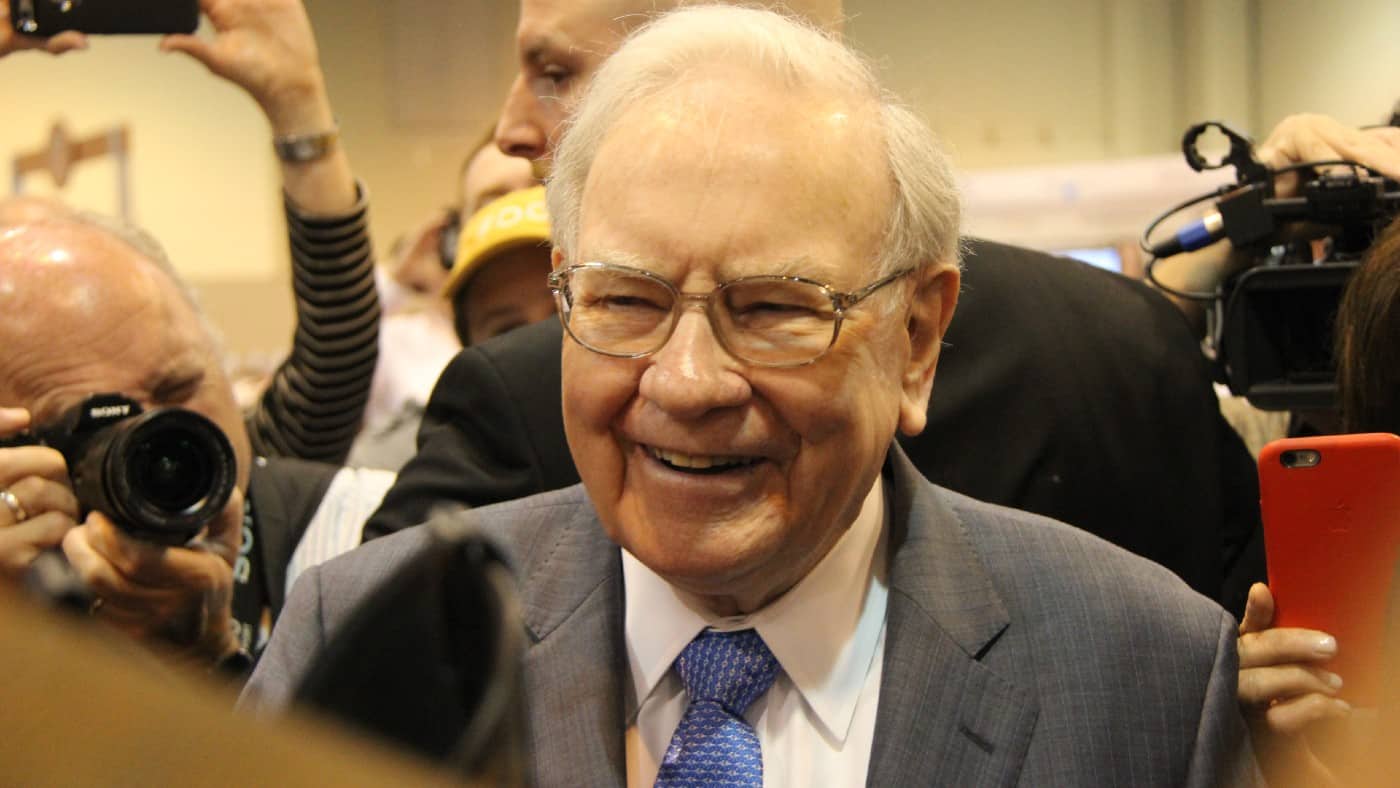Warren Buffett serves as a role model for many investors worldwide. That’s hardly surprising given he’s built a fortune greater than $130bn using the stock market. Obviously, replicating these sorts of returns is far from straightforward. Yet his investing strategy is relatively simple. And even if a portfolio falls short of meeting his 19.8% annualised returns, even a few extra percentage points can make an enormous difference in the long run.
With that in mind, let’s explore how someone with next-to-no savings can try to improve their financial position.
Paying the right price for quality
Chasing down the latest trends and momentum opportunities often ends up backfiring. Usually, by the time a stock has taken off on hype and excitement, it’s already too late. Even if the underlying business is fantastic (which is rarely the case), overzealous investors can push the valuation to unsustainable levels that can still result in a terrible investment.
This is something Buffett is notorious for avoiding. Even after investing time and effort in analysing an interesting opportunity, he won’t pull the trigger if the price isn’t right, no matter how quickly the stock seems to be rising. In the short term, that can leave a lot of money on the table. But in the long run, it’s a terrific way to avoid falling into value traps that can decimate a portfolio’s returns.
There are lots of different ways to judge value, from earnings multiples to discounted cash flow models. The latter can be a bit complicated. However, in my opinion, the real challenge is identifying quality that other investors seem to have completely missed.
Finding a wealth-changing investment
Warren Buffett has been fairly generous in sharing his knowledge in finding high-quality enterprises. And one of his biggest requirements is the existence of competitive advantages. In fact, that’s precisely how he ended up investing in Coca-Cola (NYSE:KO).
At the time, the company was far from the scale it’s reach today. But by collecting thousands of bottle caps from petrol stations and sorting them, he was able to see the popularity of the product and the brand. This led to a $1bn investment in 1988, which is now worth roughly $23.7bn, generating $736m of dividends annually!
The advantage of having a powerful and recognisable brand is arguably one of the biggest reasons the business was so successful, especially considering there are plenty of similar soft drink alternatives out there. But a brand is not the only advantage a company can have.
Having pricing power, unique access, network effects, or being a first-mover can propel a business significantly ahead of the competition. And the more advantages a firm commands, the higher the quality in the eyes of Buffett.
Building wealth
Even with a lot of advantages, a company can still be disrupted. So, it’s up to investors to investigate the threats and risks reside before putting any money to work. Otherwise, a hand-picked portfolio could end up underperforming versus a benchmark, perhaps even fall into negative territory.
But by being diligent and keeping an eye on value, it’s possible to outperform like Buffett did. Even if an investor only manages to eke out a 10% return – 2% higher than the FTSE 100’s 8% average – that can be sufficient to build a substantial portfolio in the long run.







